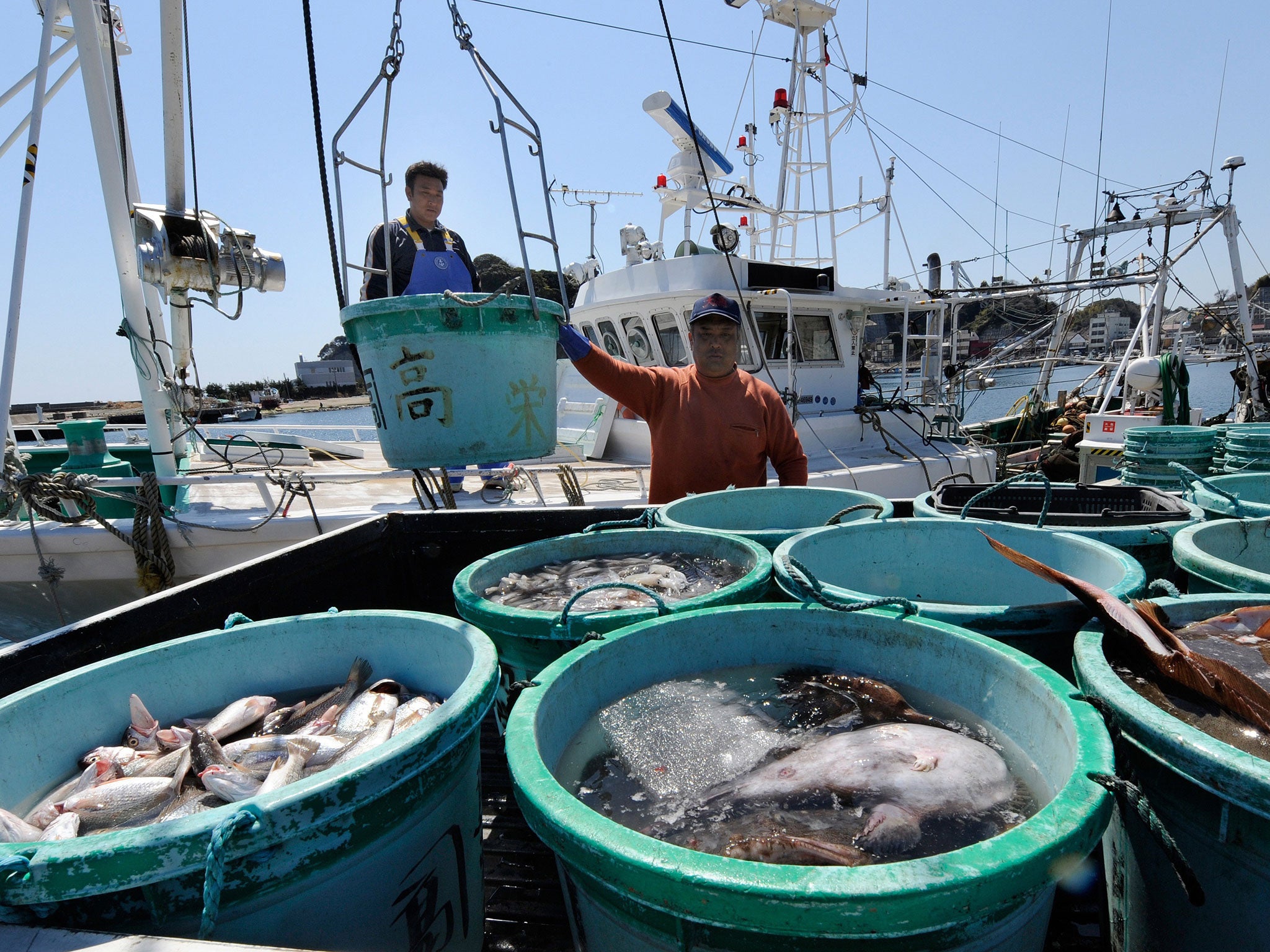Fish caught close to the Fukushima nuclear plant was 2,500 times over the legal safe radiation limit
The murasoi fish, which is comparable to a rockfish, was found in the area surrounding the now-closed power plant

A murasoi fish, caught close the the Fukushima nuclear plant in Japan, is over 2,500 times the legal safe radiation limit for seafood, the plant's operator Tokyo Electric has revealed.
The murasoi fish, which is comparable to a rockfish, was found in the area surrounding the now-closed power plant.
It was found to contain 254,000 becquerels per kilogram of cesium more than 2540 times the limit of 100 becquerels/kg set for seafood by the government.
A Becquerel is the basic unit of radioactivity used in the international measure of radiation units, the maximum level of radiation allowed in food for human consumption is 100 becquerels/kilogram.
According to the magazine, Science, levels of cesium in seafood in the area around Fukushima have not really decreased since 2011.
The company Tokyo Electric Power (Tepco) caught the fish in the bay close to the Fukukshima Daiichi main reactor.
Samples collected last August indicate cesium levels that were 250 times what is considered safe by the Japanese government.
There is concern in the region that other fish may be feeding off the murasoi and other contaminated species.
Around 40 per cent of other bottom-dwelling fish in the area showed high levels of radiation that were 134 and 137 levels above the legal limit.
The article by Ken O. Buesseler, a leading marine chemistry expert, is once again likely to raise fears over the safety of fish caught in the area as the two year anniversary of the nuclear disaster approaches
The Japanese government has admitted that levels of contamination in the area are very high, but says that high levels of cesium were only detected in fish that are found nearest to the site of the disaster.
Subscribe to Independent Premium to bookmark this article
Want to bookmark your favourite articles and stories to read or reference later? Start your Independent Premium subscription today.

Join our commenting forum
Join thought-provoking conversations, follow other Independent readers and see their replies